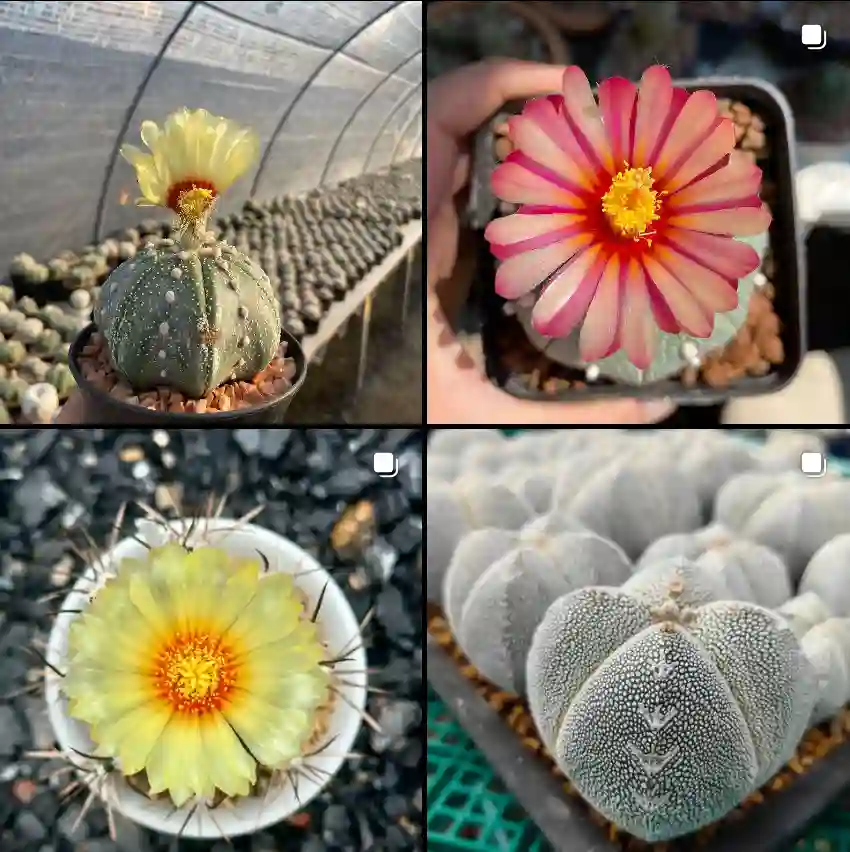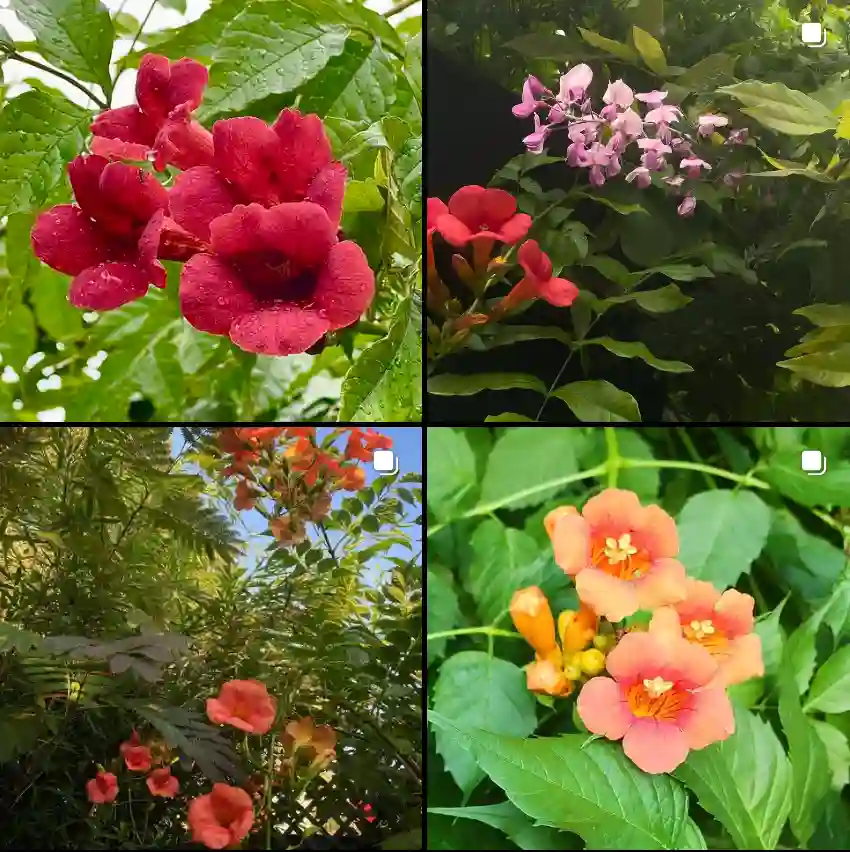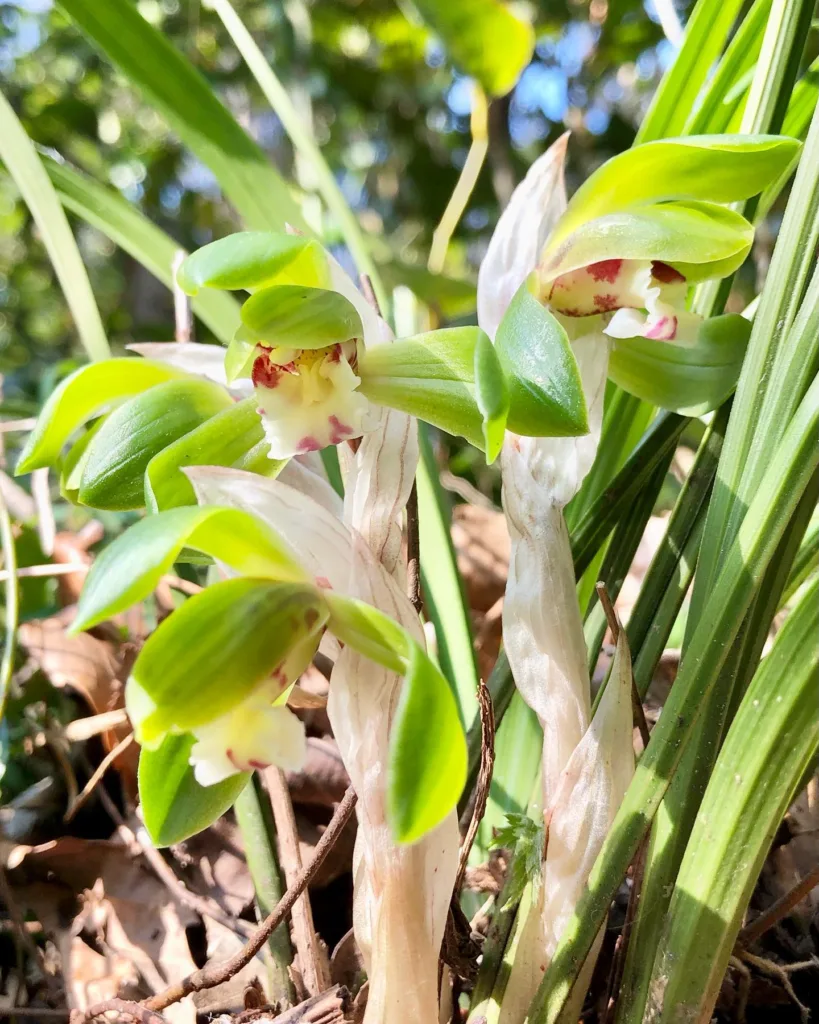My Journey into the World of Balsaminaceae
As a passionate botanist, I’ve always been drawn to the diverse and fascinating world of plants. Each family, with its unique characteristics and evolutionary adaptations, offers a glimpse into the intricate workings of nature. Recently, I embarked on a journey to explore the captivating Balsaminaceae family, also known as the touch-me-not family. From their delicate flowers to their explosive seed dispersal mechanisms, these plants have captured my imagination and left me with a newfound appreciation for the wonders of the botanical world.
Unveiling the Balsaminaceae Family
The Balsaminaceae family comprises around 1,000 species across two main genera: Impatiens and Hydrocera. These plants are predominantly found in tropical and subtropical regions, showcasing a remarkable diversity of forms and colors. Their delicate flowers, often with intricate patterns and nectar spurs, attract a wide array of pollinators, including bees, butterflies, and hummingbirds.
One of the most captivating features of Balsaminaceae plants is their explosive seed dispersal mechanism. Their seed capsules, when ripe, build up internal pressure and, upon the slightest touch, burst open, scattering seeds far and wide. This unique adaptation, which gives them the common name “touch-me-nots,” ensures the successful propagation of their species.
Genera of the Balsaminaceae Family
The Balsaminaceae family is primarily divided into two genera:
- Impatiens: This genus encompasses the vast majority of Balsaminaceae species, showcasing a remarkable diversity of forms and colors. From the vibrant Impatiens walleriana, commonly known as busy Lizzie, to the delicate Impatiens namchabarwensis, a rare species found in the Eastern Himalayas, Impatiens plants add a splash of color to gardens and natural landscapes around the world. – 1124 Species in Genus Impatiens
- Hydrocera: This genus comprises a single species, Hydrocera triflora, an aquatic plant native to Southeast Asia. With its submerged stems and floating leaves, Hydrocera triflora plays an important role in aquatic ecosystems, providing habitat and food for various aquatic organisms.
My Fascination with Balsaminaceae
As I delved deeper into the world of Balsaminaceae, I was struck by their beauty, resilience, and ecological significance. Their delicate flowers, vibrant colors, and intricate patterns are a testament to the artistry of nature. Their explosive seed dispersal mechanism, a marvel of evolutionary adaptation, ensures the continuation of their lineage. And their ecological roles, as pollinators, food sources, and habitat providers, highlight their importance in maintaining the delicate balance of ecosystems.
My journey into the world of Balsaminaceae has been an enriching experience, leaving me with a profound appreciation for the wonders of the botanical world. These plants, with their unique characteristics and captivating adaptations, remind us of the intricate interconnectedness of life on Earth. As I continue to explore the vast and diverse world of plants, I am confident that the Balsaminaceae family will always hold a special place in my heart.
Beyond the Basics: Further Exploration
My journey into the world of Balsaminaceae has only just begun. There is still so much to learn and discover about this fascinating family of plants. I am eager to explore their evolutionary history, their genetic diversity, and their potential medicinal properties. I also hope to contribute to their conservation, ensuring that future generations can continue to marvel at their beauty and ecological significance.
If you are also fascinated by the world of plants, I encourage you to embark on your journey of discovery. Explore the diverse families, genera, and species that make up the botanical world. Observe their unique characteristics, their adaptations, and their ecological roles. And most importantly, appreciate the beauty and wonder of nature that surrounds us.
In Conclusion
The Balsaminaceae family, with its delicate flowers, explosive seed dispersal mechanisms, and ecological significance, is a testament to the wonders of the botanical world. As I continue my journey of exploration, I am filled with excitement and anticipation for the discoveries that lie ahead. The world of plants is a vast and captivating realm, and I am grateful for the opportunity to delve deeper into its mysteries.
If i die, water my plants!



